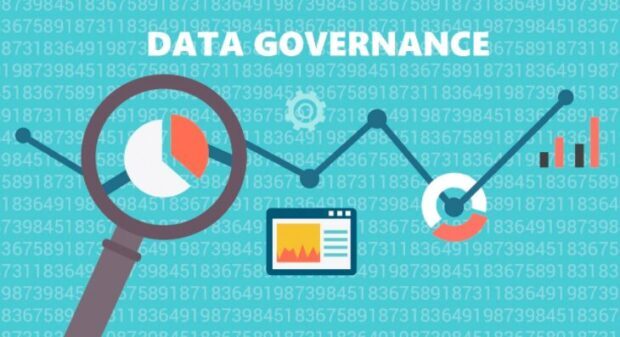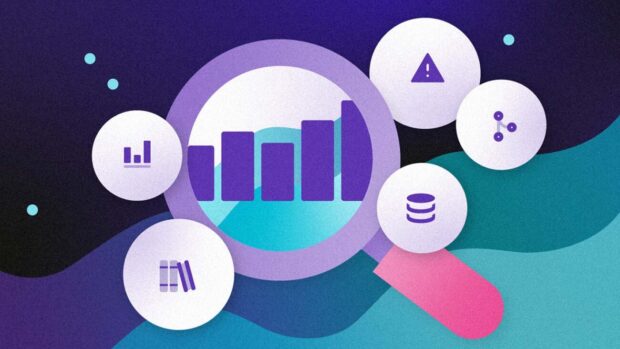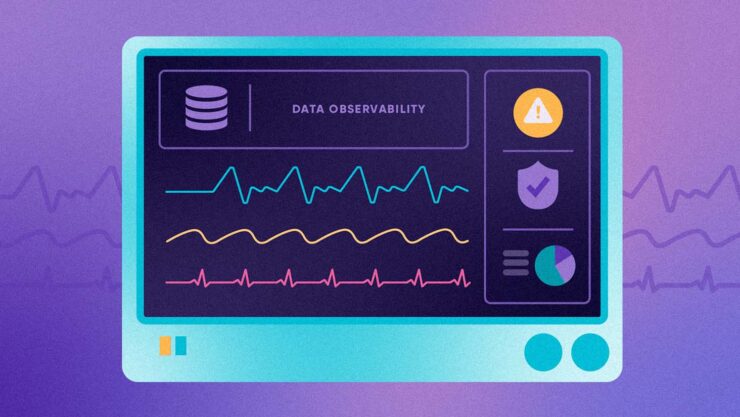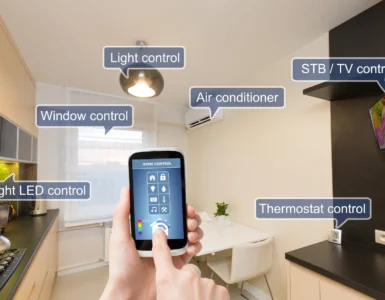In today’s data-driven world, making informed decisions is paramount for the success of any organization. Whether you’re a business executive, a data analyst, or a software engineer, you rely on data to guide your choices. However, the quality and reliability of your data can significantly impact the outcomes of those decisions.
This is where data observability steps in as a game-changer. It’s also important to delve into the crucial process to compare data observability platforms to help you find the perfect fit for your organization’s unique needs. This article will explore how data observability, often described as the “dashboard for your data infrastructure,” supercharges decision-making. A data observability platform can elevate your data quality to new heights.
What is Data Observability?
Data observability is like a dashboard for your data infrastructure. Imagine you’re a pilot flying a plane. With observability platforms, you will have a dashboard with instruments that provide real-time data on altitude, airspeed, and engine performance. These instruments ensure a clear and complete view of your aircraft’s condition.
In the same token, data observability is the practice of monitoring and maintaining the health and performance of your data pipelines, ensuring that the data you rely on is accurate, complete, and trustworthy. It involves tracking data quality, lineage, and anomalies in real-time, allowing you to identify and rectify issues before they impact your decision-making processes.
The Foundation of Informed Decision-Making

Now, let’s explore how data observability can supercharge your decision-making:
Enhanced Data Quality
Data quality is the bedrock of any data-driven decision. With Data Observability, you can monitor your data at every stage of its journey, from source to destination. This ensures that your data is clean, consistent, and reliable, leading to more accurate and reliable insights.
Reduced Data Downtime
Just as a pilot needs to avoid turbulence and engine failures, data professionals must avoid data downtime. Data Observability helps you identify real-time bottlenecks and failures in your data pipelines, minimizing downtime and ensuring a continuous data flow for your decision-making processes.
Faster Issue Resolution
When issues arise in your data infrastructure, promptly detecting and addressing them is crucial. Data observability provides alerts and notifications, making it easier to spot anomalies and take swift action to resolve them. This agility is invaluable for maintaining the integrity of your data.
Improved Data Governance

Data governance is essential for ensuring data is used responsibly and complies with regulations. Data observability enables you to maintain a clear record of data lineage and usage, which is crucial for demonstrating compliance and maintaining trust in your data.
Data-Driven Insights
You can derive more meaningful insights with reliable and high-quality data. These insights can empower you to make decisions that are not only data-driven but also strategically aligned with your organization’s goals.
Real-World Applications
Let’s take a look at how data observability can be applied in various industries:
Healthcare
In healthcare, timely and accurate data can be a matter of life and death. Data Observability can ensure that patient records, test results, and treatment plans are error-free, leading to better patient care and clinical decision-making.
Finance

Financial institutions rely on data for risk assessment, fraud detection, and investment decisions. Data Observability helps ensure the accuracy and consistency of financial data, reducing the risk of erroneous decisions with far-reaching consequences.
Retail
Retailers use data to optimize inventory management, pricing strategies, and customer engagement. Data Observability allows them to monitor data flow from point-of-sale systems, e-commerce platforms, and supply chain operations. This ensures that decisions are based on up-to-date and reliable information.
Manufacturing
Manufacturers leverage data for quality control, predictive maintenance, and supply chain optimization. Data Observability helps them detect anomalies in sensor data, production lines, and logistics, enabling proactive decision-making to prevent disruptions.
Tech and Software
In the tech industry, software companies use data to identify and address issues in their products. Data Observability enables them to monitor user interactions, error logs, and system performance, leading to faster bug fixes and feature improvements.
Getting Started with Data Observability

Now that you understand the importance of data observability, you might wonder how to implement it in your organization. Here are some steps to get you started:
- Identify Critical Data Sources: Determine which data sources are essential for decision-making. Focus your data observability efforts on these critical data pipelines.
- Choose the Right Tools: Various data observability tools, such as a data observability platform or data monitoring solution, are available. Select the tools that best align with your organization’s needs and goals.
- Establish Monitoring Practices: Set up real-time monitoring for your data pipelines. Create alerts and dashboards to track data quality, anomalies, and performance metrics.
- Train Your Team: Ensure your data professionals are well-versed in data observability practices. Provide training and resources to help them make the most of the tools.
- Iterate and Improve: Data observability is an ongoing process. Continuously assess and refine your monitoring practices to adapt to changing data needs and challenges.
Final Thoughts
Data observability is not just a buzzword; it’s a critical component of modern decision-making. By ensuring your data’s quality, reliability, and availability, you can make more informed, strategic, and impactful decisions in any industry. So, whether you’re piloting a plane or steering a business, data observability is the compass that keeps you on course. If you like this topic, continue reading about data protection in the digital age and learn something you may not know already.




























